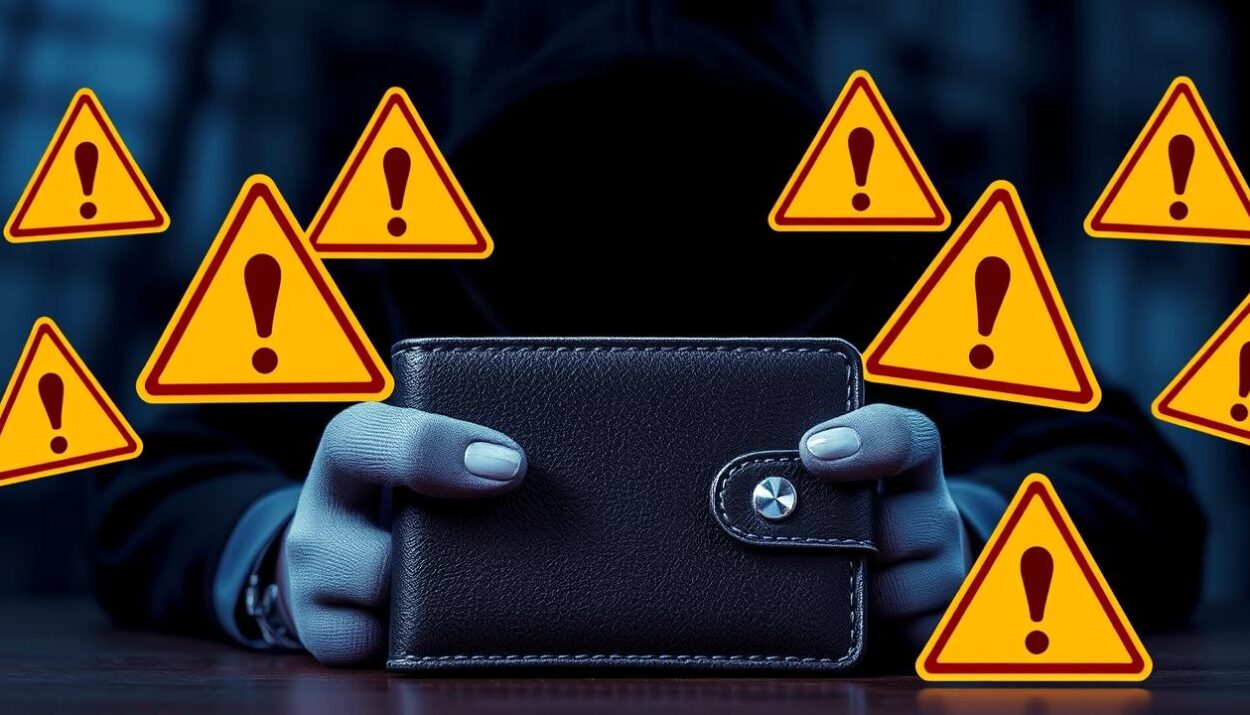Changpeng Zhao (CZ), the CEO of Binance, has issued an urgent warning to the crypto community regarding an increasing wave of phishing scams targeting major cryptocurrency information websites. He advised users to exercise caution when authorizing wallet connections, as attackers exploit trusted platforms to deceive users.
Phishing Attacks on Prominent Crypto Sites
The warning comes in the wake of two high-profile hacks. The first targeted the crypto media outlet Cointelegraph, while the second involved CoinMarketCap, a widely used cryptocurrency price-tracking website. Both incidents highlight the growing sophistication of phishing attempts aimed at deceiving users and draining their crypto wallets.
Cointelegraph Hack: Malicious Pop-Up Scam
On Sunday, Cointelegraph’s website was compromised through a front-end exploit. Hackers injected a malicious pop-up that falsely advertised “CoinTelegraph ICO Airdrops” and “CTG tokens,” claiming users could receive nearly $5,500 worth of tokens. To appear legitimate, the attackers cited a fraudulent “fair launch” and a fake CertiK audit.
“Do not click on these pop-ups, connect your wallets, or enter any personal information.” – Cointelegraph
Cointelegraph promptly addressed the issue by warning its audience not to engage with the pop-up and assured users that their team was actively working to fix the exploit. The incident underscores the importance of verifying the authenticity of wallet connection prompts.
CoinMarketCap Targeted in a Similar Attack
Just days before the Cointelegraph breach, CoinMarketCap fell victim to a similar scam. Hackers embedded a pop-up urging users to “verify” their crypto wallets. This malicious code aimed to trick users into connecting their wallets, leaving them vulnerable to theft. Wallet providers like MetaMask and Phantom flagged the site as unsafe, alerting users to the potential danger.
CoinMarketCap responded swiftly, removing the injected malicious code and launching an investigation to enhance its platform’s security measures. These incidents emphasize the need for robust cybersecurity defenses, especially for platforms trusted by millions of users.
Fake Ads Add to the Threat Landscape
In another recent phishing scheme, hackers used fake ads for the decentralized finance platform Aave. These ads appeared at the top of Google search results, directing users to phishing sites that mimicked Aave’s interface. Unsuspecting users who connected their wallets to these fraudulent sites had their funds drained.
How to Stay Safe from Phishing Scams
As phishing attacks become increasingly sophisticated, it’s essential for cryptocurrency users to adopt proactive security measures. Here are some tips to protect yourself:
- Double-check URLs: Always verify the website’s URL before connecting your wallet. Look for typos or unusual domain names.
- Avoid clicking suspicious pop-ups: Do not interact with pop-ups claiming to offer free tokens, airdrops, or wallet verification.
- Use official channels: Access crypto platforms only through their official websites or apps.
- Enable wallet security features: Use hardware wallets or enable additional security layers, such as two-factor authentication (2FA), where possible.
- Stay informed: Follow trusted sources for updates on phishing threats and security best practices.
Final Thoughts
The latest wave of phishing attacks targeting prominent crypto platforms like Cointelegraph, CoinMarketCap, and Aave underscores the importance of vigilance in the cryptocurrency space. Scammers are increasingly exploiting the trust users place in well-established platforms, making it crucial to approach wallet connections and pop-ups with caution.
By staying aware of these threats and following basic security measures, users can better protect their funds and personal information from malicious actors.























